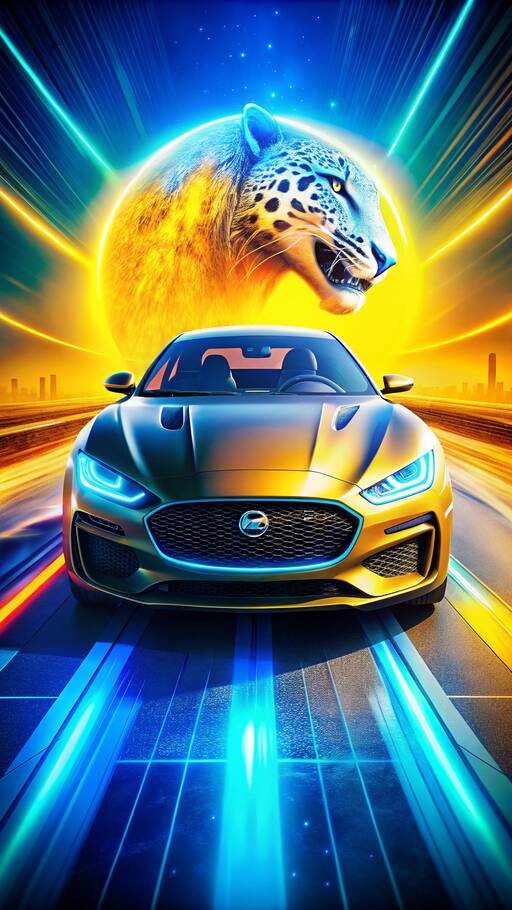
Jaguar Land Rover surprised its community by announcing the end of internal combustion models, halting Jaguar sales globally until 2026. It's a bold decision, but a financially sound one for a company struggling with profitability. Abandoning the goal to compete with Mercedes-Benz, BMW, and Audi, the brand is shifting its focus from volume to a sustainable, premium niche.
Jaguar's sleek new vision was unveiled with trendy phrases like "delete ordinary" and "live vivid." Beneath the marketing veneer, the plan is straightforward: sell fewer cars at higher prices. JLR aims to replicate the success of Land Rover’s lucrative models. It’s a challenging task, but leadership remains confident.
Central to Jaguar's revival is a move towards modernism, led by JLR's creative head, Gerry McGovern. The upcoming concept car, unveiled in Miami, is groundbreaking—a unique Jaguar aimed at a new affluent, urban audience. The first model, a four-door GT, promises an EPA range of 430 miles and features rapid charging capabilities. Priced at $120,000, it marks a significant premium shift.
Details on further models are limited, but a lineup of three vehicles is confirmed. Industry speculation suggests there might be an SUV and possibly an electric sports car. This transformation positions Jaguar in the high-end luxury segment, a strategic pivot towards profitability and prestige.
Jaguar is on a daring journey, moving away from past strategies to embrace a high-priced, electric future. By focusing on unique designs and a select customer market, Jaguar aims to redefine luxury and rejuvenate its brand image.